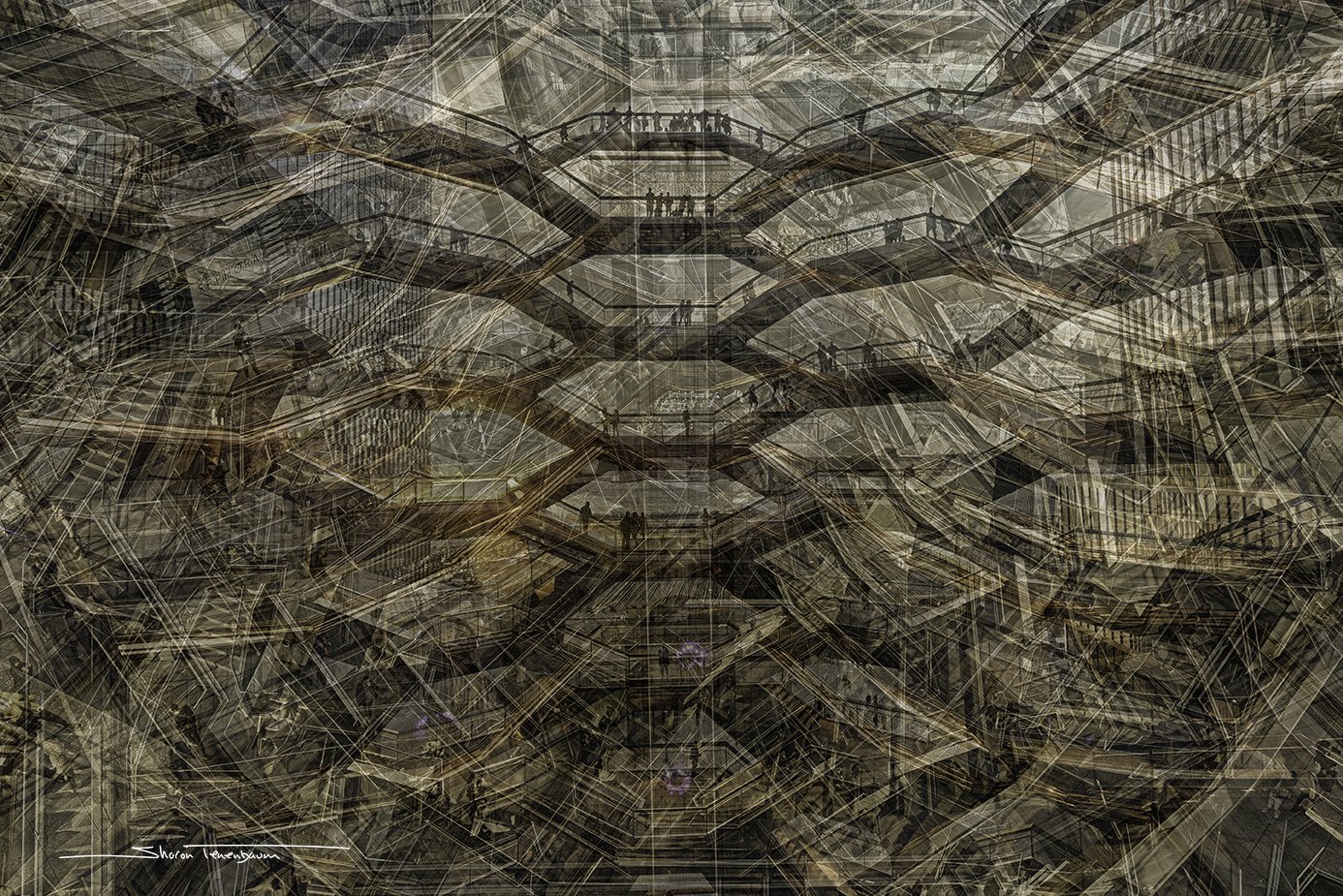
How to Make Workshops Work by Brooks Jensen
In this podcast, Brooks Jensen elaborates on an article he wrote about what should be the reasons for attending a workshop, what to expect, and what not to expect. I could not agree with what he had to say more. From Lenswork Publishing Podcast #1336 How to Make a Workshop Work.

How to Read the Intensity of a ND Filter
Understanding the different factory definitions for ND Filter intensites. Important to read before buying the wrong filter!

Image Stacking – Cubism Pep Ventosa Style
Multiple exposures from multiple perspectives. Cubism through the eye of the camera.

Long Exposure with Purpose and Intention
Enough with the boring streaky sky we have been seeing for the past twenty years! his blog will explain how to use Long Exposure Photography as a means to an end and not as an end in itself. A must-read for anyone interested in this fascinating technique.

How to Write a Vision Statement?
What to write and what not to write when putting together a vision statement. Key points, tips and examples.

Telling a Visual Story Through Composition and Perspective
What is the difference between Composition and Perspective? Read how to use them and create images that convey more accurately your experience of a given scene by adding multiple dimensions to your photographs.

Telling A Visual Story Through Light and Shadow
Telling a visual story through composition, gradient light, and the tools of photography involves weaving together elements like framing, perspective, and tonal transitions to guide the viewer's eye and evoke emotion. By thoughtfully balancing these components, photographers can create images that not only capture moments but also convey depth, mood, and meaning.

Paintagraphy - Painted Landscapes
This post will walk you through the process of hand painting on your own photographs. An old practice from the origins of photography but with a modern twist and some original ideas!

Olympus LIVETIME Feature for Long Exposure Photography
The Pros and Cons of the Olympus Live Time Feature. LiveTime feature in the Olympus OM-D E-M1 MarkII allows you to see the image as it is 'developing'. This feature is revolutionary in Long Exposure Photography. This enables you to see in set increments the ‘development’ and histogram of the image as it is being captured on the sensor. This is HUGE in the world of Long Exposure Photography as it means that you can now always get a properly exposed image.

Which ND Filters to Buy? Part I
This post explores the Pros and Cons of each ND Filter System.

Fine Art – What is all about?
The blog post explains what Fine Art actually means. Enjoy the read.

